
The Bangladesh Armed Forces are the combined military forces of the People's Republic of Bangladesh. It consists of the three uniformed military services: the Bangladesh Army, the Bangladesh Navy and the Bangladesh Air Force. The Armed Forces are under the jurisdiction of Ministry of Defence of the Government of Bangladesh, and is directly administered by the Armed Forces Division of the Prime Minister's Office. The President of Bangladesh serves as the Commander-in-Chief of the Bangladesh Armed Forces. It has the third-largest defence budget in South Asia and according to the Global Firepower index it is the third most powerful military force in South Asia. Border Guard Bangladesh and Bangladesh Coast Guard are under the jurisdiction of the Ministry of Home Affairs during peacetime, but during wartime they fall under the command of Bangladesh Army and Bangladesh Navy respectively.

Since the Partition of British India in 1947 and subsequent creation of the dominions of India and Pakistan, the two countries have been involved in a number of wars, conflicts, and military standoffs. A long-running dispute over Kashmir and cross-border terrorism have been the predominant cause of conflict between the two states, with the exception of the Indo-Pakistani War of 1971, which occurred as a direct result of hostilities stemming from the Bangladesh Liberation War in erstwhile East Pakistan.

The Bangladesh Liberation War was a revolution and armed conflict sparked by the rise of the Bengali nationalist and self-determination movement in East Pakistan, which resulted in the independence of Bangladesh. The war began when the Pakistani military junta based in West Pakistan—under the orders of Yahya Khan—launched Operation Searchlight against the people of East Pakistan on the night of 25 March 1971, initiating the Bangladesh genocide.
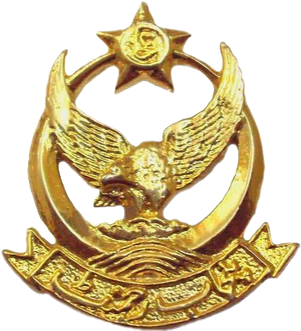
The Punjab Regiment is an infantry regiment of the Pakistan Army. The regiment takes its name from the historic Punjab region, which is now divided into the Punjab province of Pakistan and the Indian states of Punjab, Haryana and Himachal Pradesh. It was raised in its current form in 1956, following the amalgamation of the 1st, 14th, 15th and 16th Punjab regiments that were inherited by the Dominion of Pakistan from the British Indian Army upon the Partition of India. Since then, the regiment has expanded in size to 63 battalions.
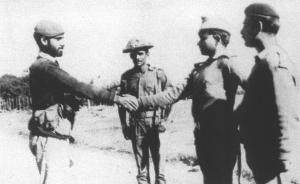
The First and SecondBattles of Hilli were two major battles fought during the Bangladesh Liberation War on 22–24 November and 10–11 December 1971. They are generally regarded as the bloodiest battles of the eastern front of the Indo-Pakistani War of 1971. The first battle saw, according to veterans of the battle, the fiercest fighting of the war, but the second was much tamer.
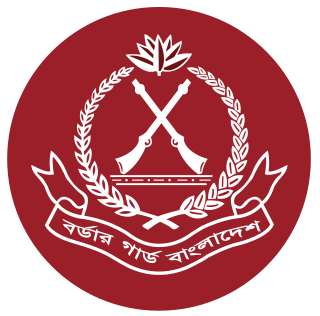
The Border Guard Bangladesh (BGB) is a paramilitary force responsible for the border security of Bangladesh. The force is known as "The Vigilant Sentinels of the National Frontier". The BGB is entrusted with the responsibility to defend the 4,427 kilometres (2,751 mi) border of Bangladesh. It was formerly known as the Bangladesh Rifles (BDR).

East Bengal was a non-contiguous province of the Dominion of Pakistan. Geographically part of the Bengal region, East Bengal existed from 1947 until 1955, when it was renamed East Pakistan. Today, the area is an independent country, Bangladesh. With its coastline on the Bay of Bengal, it bordered India and Myanmar. It was located close to, but did not share a border with, Nepal, Tibet, the Kingdom of Bhutan and the Kingdom of Sikkim. Its capital was Dacca, now known as Dhaka.

Major Tufail MohammadNH, NH, was a military officer in the Pakistan Army and the second military officer in the Pakistani military who was cited with the Nishan-e-Haider for his "distinguished actions of valor other than bravery" in the 1958 East Pakistan–India border skirmish.
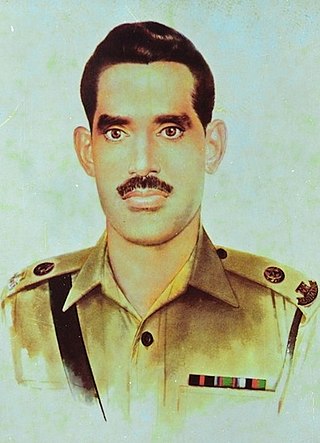
Major Muhammad AkramNH was a military officer in the Pakistan Army who was cited with the Nishan-e-Haider posthumously after the military confrontation took place in railway station in Hilli, East-Pakistan.
Awards and decorations of the Bangladesh Liberation War were decorations which were bestowed by the major warring parties during the years of the Bangladesh Liberation War. Bangladesh, India and Pakistan all issued awards and decorations during the conflict.
Naik Muhammad Mahfuz was a Pakistani soldier, who was awarded the Nishan-e-Haider, the highest military award of Pakistan, after he was killed in battle during the Indo-Pakistani War of 1971.

The 2001 Bangladesh–India border clashes were a series of armed skirmishes between India and Bangladesh in April 2001. The clashes took place between troops of the Bangladesh Rifles (BDR) and the Indian Border Security Force (BSF) on the poorly-marked international border between the two countries.
Sitara-e-Jurat is the third highest military award of Pakistan. It was established in 1957 after Pakistan became a republic; however, it was instituted retrospectively back to 1947. It is awarded for gallantry or distinguished service in combat; and can be bestowed upon officers, junior commissioned officers, petty officers, warrant officers, soldiers, sailors, airmen, and equivalents in the Pakistan Army, Navy, Air Force, and various paramilitary forces under federal control, such as the Frontier Corps, the Frontier Constabulary, and the Pakistan Rangers. It may be considered to be roughly equivalent to the Military Cross and the Silver Star.
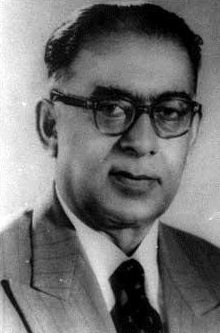
The 1958 Pakistani coup d'état began on October 7, when the first President of Pakistan Iskander Mirza abrogated the Constitution of Pakistan and declared martial law, and lasted until October 27, when Mirza himself was deposed by Gen. Ayub Khan, the Commander-in-Chief of the Pakistan Army. There were a number of Prime Ministers between 1956 and 1958 and it reached a stage when General Ayub Khan felt the army should take control to restore stability. East Pakistan’s politicians wanted more say in the running of the central government, which increased tension. Iskander Mirza had lost the support of many of the leading politicians and was alarmed at a plan by Suhrawardy to unite the political leadership of Bengal and Punjab against him. Therefore he turned to Ayub Khan and the military for help.
Colonel (Retd.) Sahibzada Shahid Sarwar Azam FIEB is the current head of the Singranatore family.
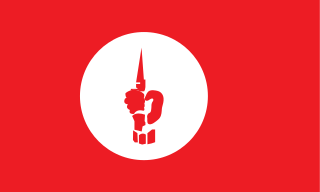
The Mukti Bahini, also known as the Bangladesh Forces, was the guerrilla resistance movement consisting of the Bangladeshi military, paramilitary and civilians during the Bangladesh Liberation War that transformed East Pakistan into Bangladesh in 1971. They were initially called the Mukti Fauj.

The 2013 India–Pakistan border incidents was a series of armed skirmishes along the Line of Control (LoC) in the disputed Kashmir area. Starting from the mid-January 2013, they have been described as the "worst bout of fighting in the region in nearly 10 years". It began on 6 January 2013, when according to Pakistani reports Indian forces attacked a Pakistani border post, killing one soldier. Indian authorities claimed the incident as a retaliation against preceding Pakistani ceasefire violations, but denied having crossed the demarcation line. In a second skirmish on 8 January, Indian authorities said that Pakistani forces crossed the LoC, killing two Indian soldiers. The incident sparked outrage in India and harsh reactions by the Indian army and government over the news that the body of one of the soldiers had been beheaded. Pakistan denied these reports. On 15 January, a third skirmish reportedly led to the death of another Pakistani soldier.
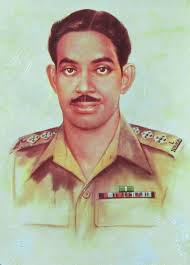
Captain Raja Muhammad Sarwar BhattiNH, BS, best known as Muhammad Sarwar, was an officer in the Pakistan Army who was cited with the first Nishan-i-Haider for his gallantry and actions of valor during the first war between India and Pakistan in 1947–48.

The High Commission of the Islamic Republic of Pakistan in New Delhi is the diplomatic mission of Pakistan in India. Between 1972 and 1989, the mission was known as the Embassy of Pakistan in New Delhi, as Pakistan was then temporarily a republic outside the Commonwealth of Nations, an intergovernmental organization primarily comprising former territories of the British Empire.

The 2020–2021 India–Pakistan border skirmishes were a series of armed clashes between India and Pakistan along the Line of Control in the disputed region of Kashmir, which is subject to extensive territorial claims by both countries. The standoff intensified when a major exchange of gunfire and shelling erupted between Indian and Pakistani troops in November 2020 along the Line of Control which left at least 22 dead, including 11 civilians.














